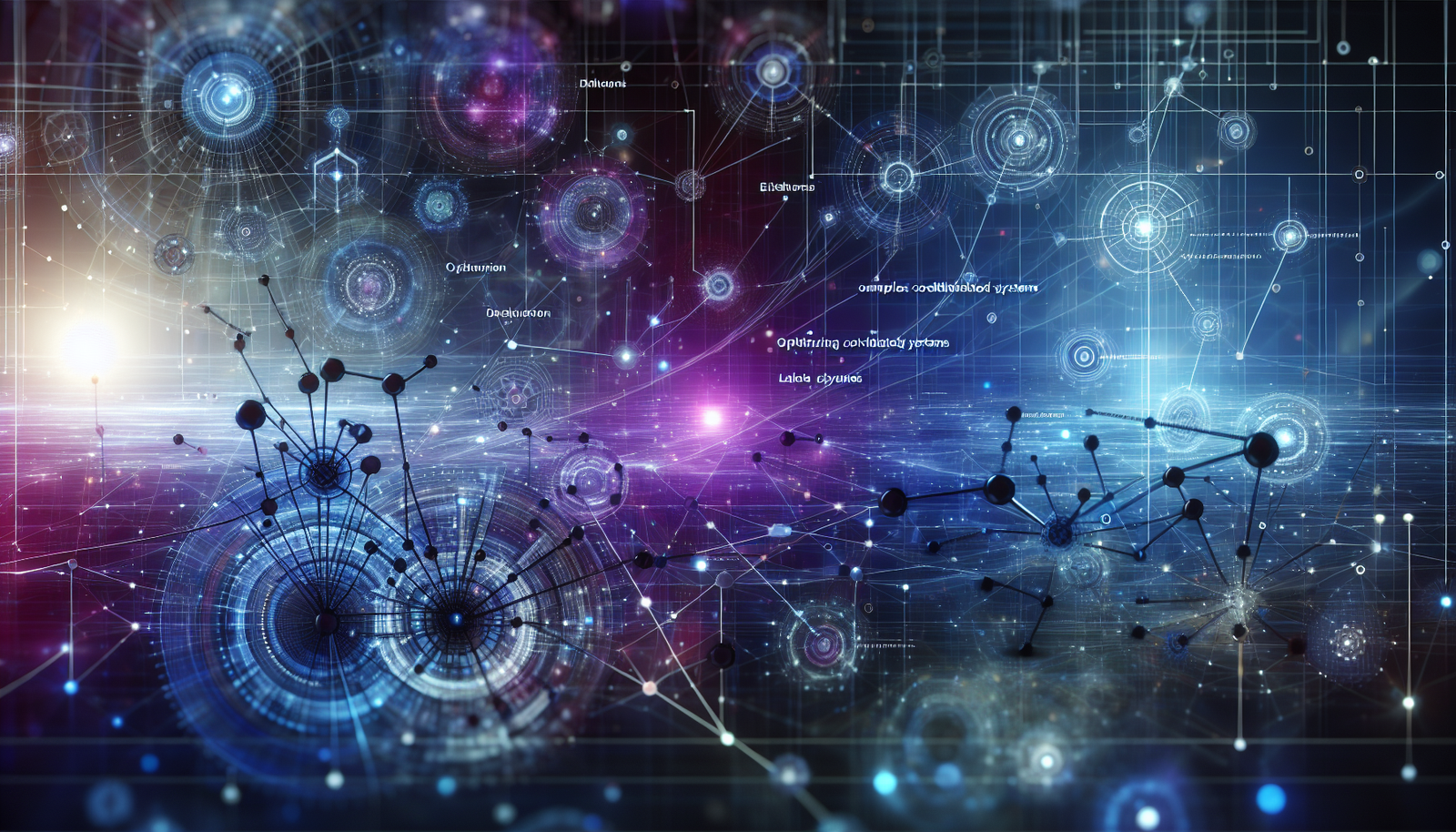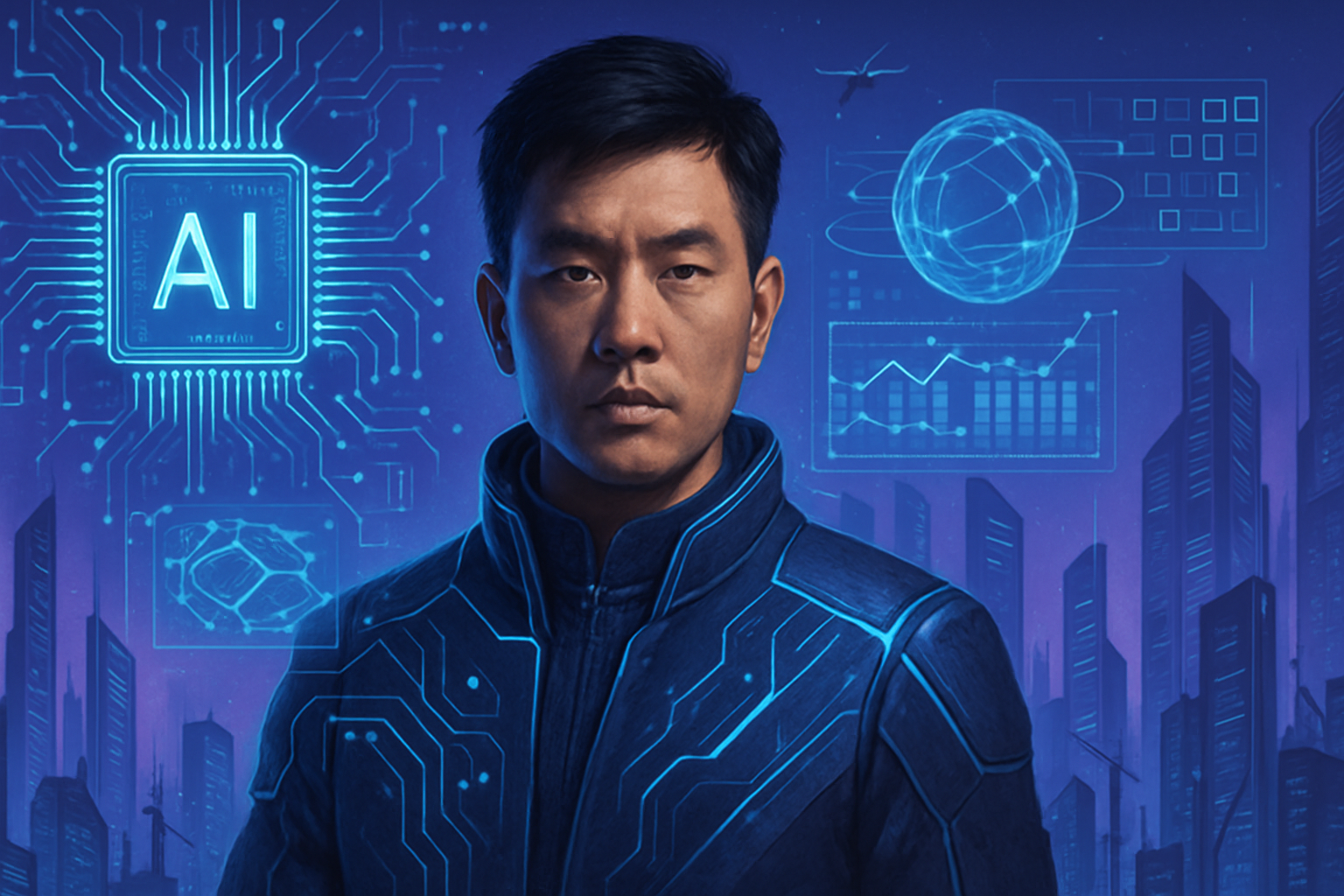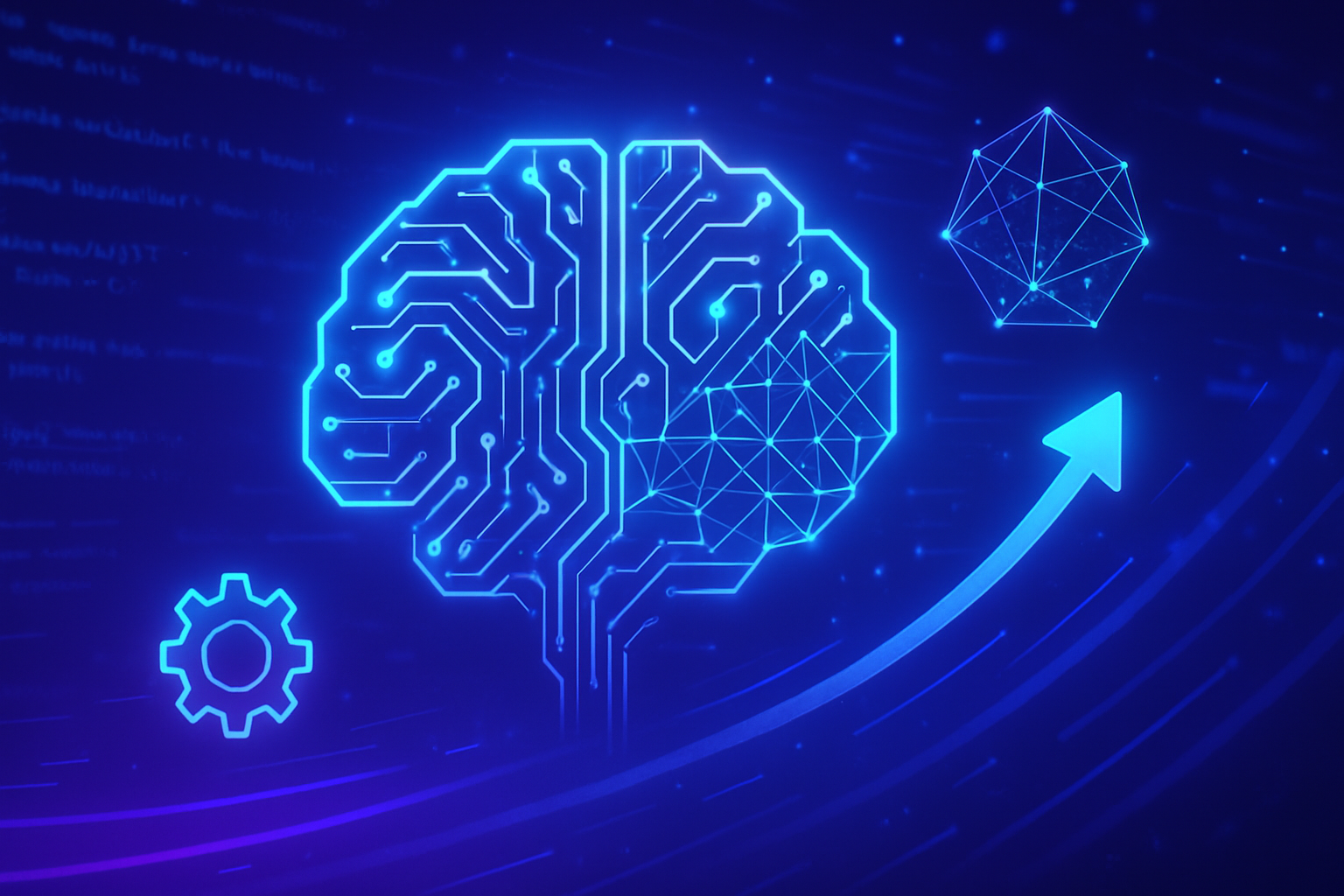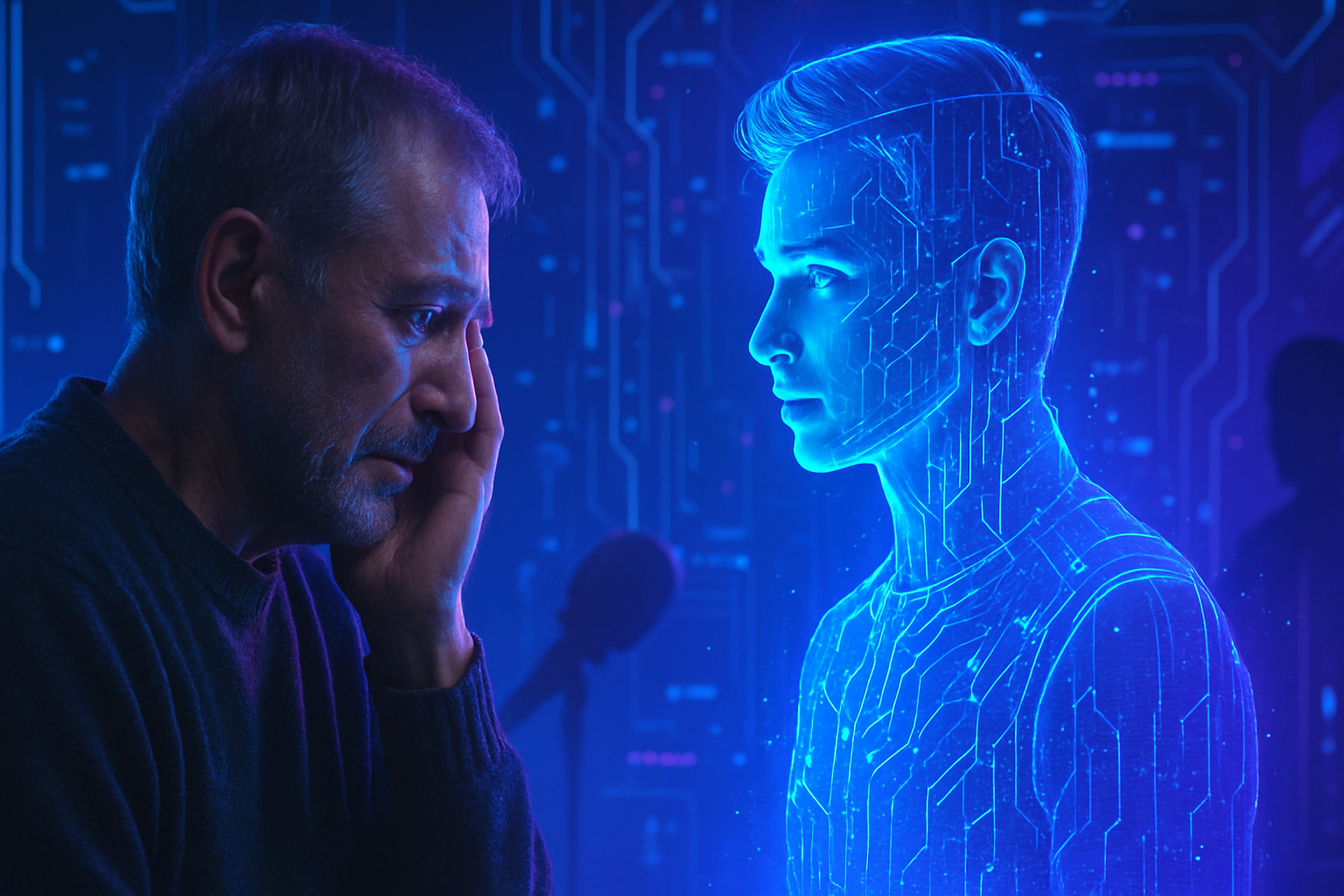Designing complex coordinated systems represents a major challenge for computer engineers and researchers. An innovative approach aims to optimize these systems through sophisticated mathematical models. *Diagrams allow for the dissection of these interconnections.* The efficiency of *deep learning* algorithms depends on the efficient management of resources and the communication of components. *A new method offers simplified solutions for complex systems.* Through this initiative, the potential for innovation extends beyond current solutions.
A new approach to the treatment of complex systems
The coordination of complex interactive systems, whether urban transport modes or robotic components, requires enhanced expertise. Researchers from MIT have designed an innovative methodology to tackle these complex challenges. This new approach relies on simple diagrams, facilitating the identification of software optimization methods, particularly those used in deep learning models.
Validations and theoretical contributions
Their work is published in the journal Transactions of Machine Learning Research, under the supervision of doctoral student Vincent Abbott and Professor Gioele Zardini from the Laboratory for Information and Decision Systems (LIDS). The researchers claim to have created a graphical “language” that allows for discussion of complex systems, primarily based on category theory.
The stakes of deep learning algorithms
Deep learning algorithms represent a class of models currently at the forefront of research. These algorithms, such as those supporting ChatGPT, rely on complex matrix multiplications. The large AI models utilize billions of parameters requiring substantial resources for their processing. Therefore, optimizing resource usage becomes essential.
Relations between algorithms and hardware
The diagrams they propose reveal significant interrelations between deep learning algorithms and the hardware on which they operate, particularly the graphics processing units (GPUs). Zardini expresses his enthusiasm, stating that their approach provides a clear language for modeling algorithms while specifying aspects such as energy consumption and memory allocation.
The impact of optimizations on research
Recent advances in the field of deep learning have primarily stemmed from resource efficiency. For instance, the DeepSeek model has proven that a small team can compete with large laboratories by focusing on resource efficiency. Traditional optimization methods often require a lengthy trial-and-error approach, while this new methodology aims to formalize these processes.
A clearly defined visual framework
These new visual tools represent the functionalities of systems, facilitating experimentation and innovation in algorithmic structures. Zardini refers to these diagrams as “amplified cord diagrams,” incorporating numerous graphic conventions. Thus, they allow for creative and precise representations of systems.
Automation of algorithm optimization
The potential for automating algorithmic improvements could transform the intellectual and industrial landscape. Zardini envisions software enabling researchers to upload their code and be immediately notified of possible improvements, enhancing the efficiency of research.
Responses from the scientific community
The work of these researchers has elicited favorable reactions from experts in the field. Jeremy Howard, founder of Answers.ai, emphasizes the importance of this innovative approach for analyzing the performance of learning algorithms on real hardware. For his part, Petar Velickovic from Google DeepMind appreciates the accessibility of this research for a lay audience.
Growing interest among developers
The publication of this new graphical language has already sparked keen interest among software developers. A critic noted that the diagrams appear not only technical but also aesthetically appealing. These reactions reflect a growing need for visual approaches in the development of complex algorithms.
Frequently asked questions about designing methods to optimize complex coordinated systems
What is a design method for optimizing complex coordinated systems?
A design method for optimizing complex coordinated systems refers to a systematic approach aimed at improving the efficiency and effectiveness of the various components of a system, whether in computing, logistics, or other fields. This method may involve graphical tools to model the interactions between components in order to find optimal solutions.
How does category theory function in the optimization of complex systems?
Category theory provides a mathematical framework to represent the relationships between the different components of a system. It allows for the visualization of the interactions and interrelations between system elements, thus facilitating the analysis and optimization of their performance.
What are the advantages of using diagrams to represent deep learning algorithms?
Using diagrams to represent deep learning algorithms allows for a better visual understanding of parallel operations, while simplifying the optimization process. It facilitates the identification of critical elements to optimize, such as energy consumption and memory usage.
How does the new optimization method compare to older methods?
The new optimization method, which uses diagrams to represent algorithms, allows for a more formal and systematic approach. Unlike traditional methods that often rely on trial and error, this approach enables quick derivation of optimizations from visual formulations.
How can visualizing coordinated systems facilitate hardware and software co-design?
Visualizing coordinated systems enables better understanding of how algorithms interact with hardware. It facilitates co-design by allowing designers to optimize everything together, ensuring that hardware and software work efficiently together.
What types of complex systems can benefit from this optimization method?
This optimization method can benefit various complex systems, including deep learning models, logistical systems, transportation networks, as well as autonomous robots, where effective coordination among multiple components is essential.
Why is it important to optimize deep learning algorithms?
Optimizing deep learning algorithms is crucial because these models can involve billions of parameters, making their operation resource-intensive. Better optimization reduces computing costs, improves speed, and increases the efficiency of learning processes.
What tools are necessary to implement this new optimization method?
To implement this new optimization method, graphical modeling tools based on category theory can be used, as well as analysis software that allows for real-time visualization and optimization of system performance.
How is research in optimizing coordinated systems evolving with new technologies?
Research in optimizing coordinated systems is rapidly evolving due to advances in artificial intelligence technologies, more powerful computing resources, and new modeling tools. These innovations enable addressing increasingly complex systems with optimized methodologies.





